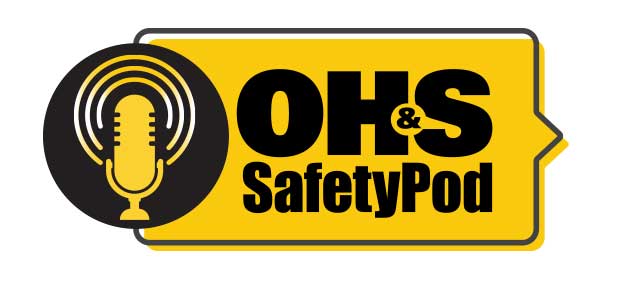The checklist includes considerations such as investigating exposures, determining when an employee should be tested and configuring a work environment to minimize the risk of a spread.

A new proposed rule from the Oregon Occupational Health and Safety Administration would mandate CDC recommendations to keep workers safe amid the pandemic.

COVID-19 would only trail heart disease and cancer as the third most leading cause of death this year.
The grants equal the highest ever funding level for the critical safety of commercial motor vehicles.
Kurt Beschorner receives a $1.8M NIOSH grant to develop safer ladder design and climbing practices

OSHA has teamed up with the North American Meat Institute to provide information, guidance and access training resources for protection workers exposed to COVID-19.

The construction industry is dangerous in its nature. Therefore, both employers and employees must take safety rules seriously. In this article, we will discuss types of injuries and legal options for an injured construction worker.
Recipients are those that have gone above and beyond to enhance safety in their respective areas.

New research from the National Institute for Occupational Safety and Health illustrates the increased risk of hearing loss among noise-exposed workers in the service sector.
At production sites, workers often interact with production processes and equipment such as pumps, furnaces and others. These pose numerous HSE hazards and a lack of basic understanding of their operations could lead to mishaps—sometimes with major consequence.

Episode 20
For our inaugural Safety Speak episode we will be discussing National Safety Stand-Down, what OSHA has to say about face coverings, hearing loss in the services sector and Hazard Communications.

As standard operations and the pace of production starts to revert to normal, both employers and employees must consider the possibility of physical deconditioning.
The 7th Annual National Safety Stand-Down to Prevent Falls was postponed earlier this year with no tentative reschedule date—that is, until now.
Contact tracing has become one of the key tools to track and fight the spread of the coronavirus. While there are thousands of contact tracers working to follow the path of the virus, there are not nearly enough—and many are finding that people are uncooperative.

As businesses reopen and the workforce strives for normalcy, the challenge now comes with properly training employees to stay compliant, safe and healthy during this time.